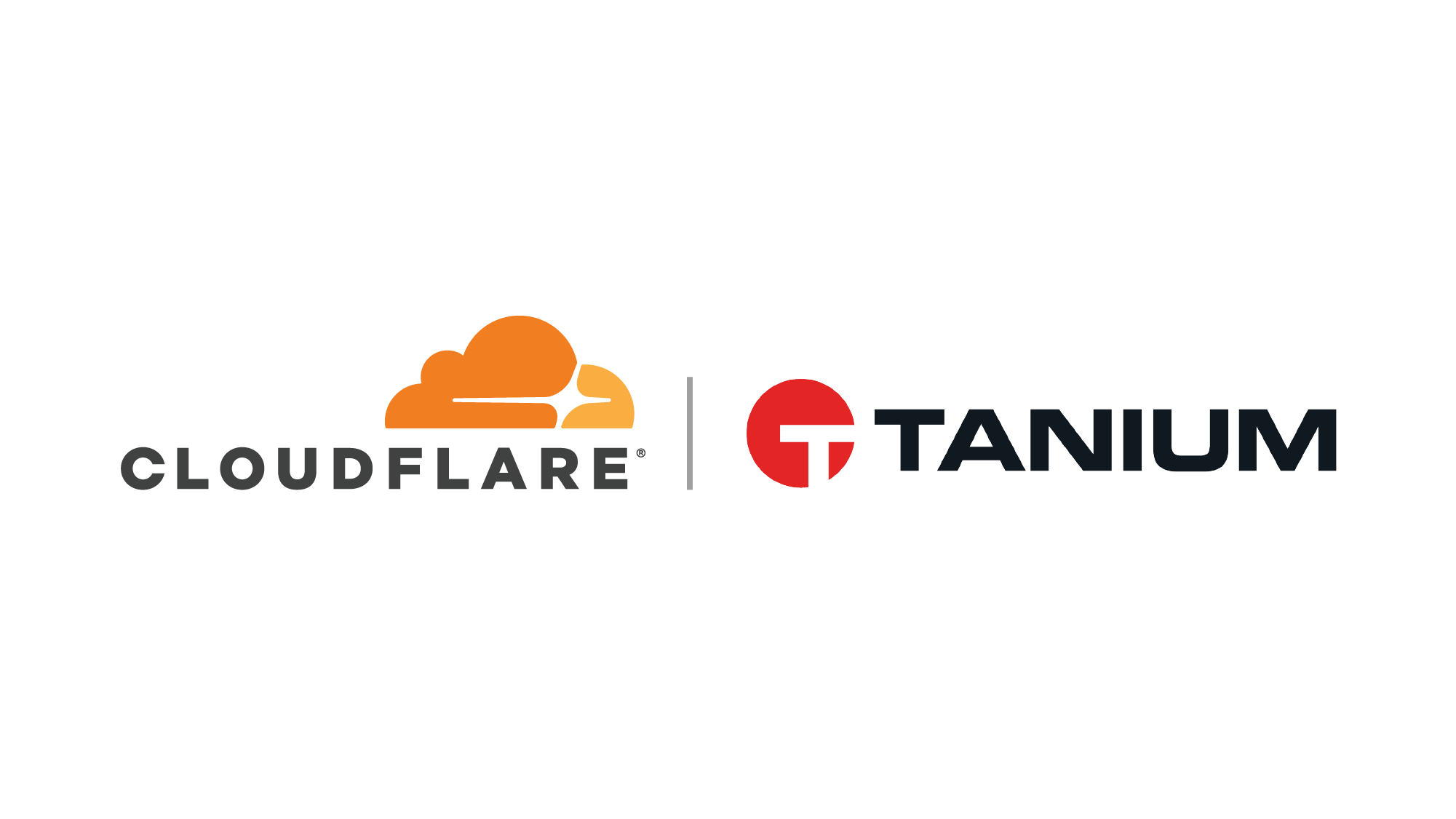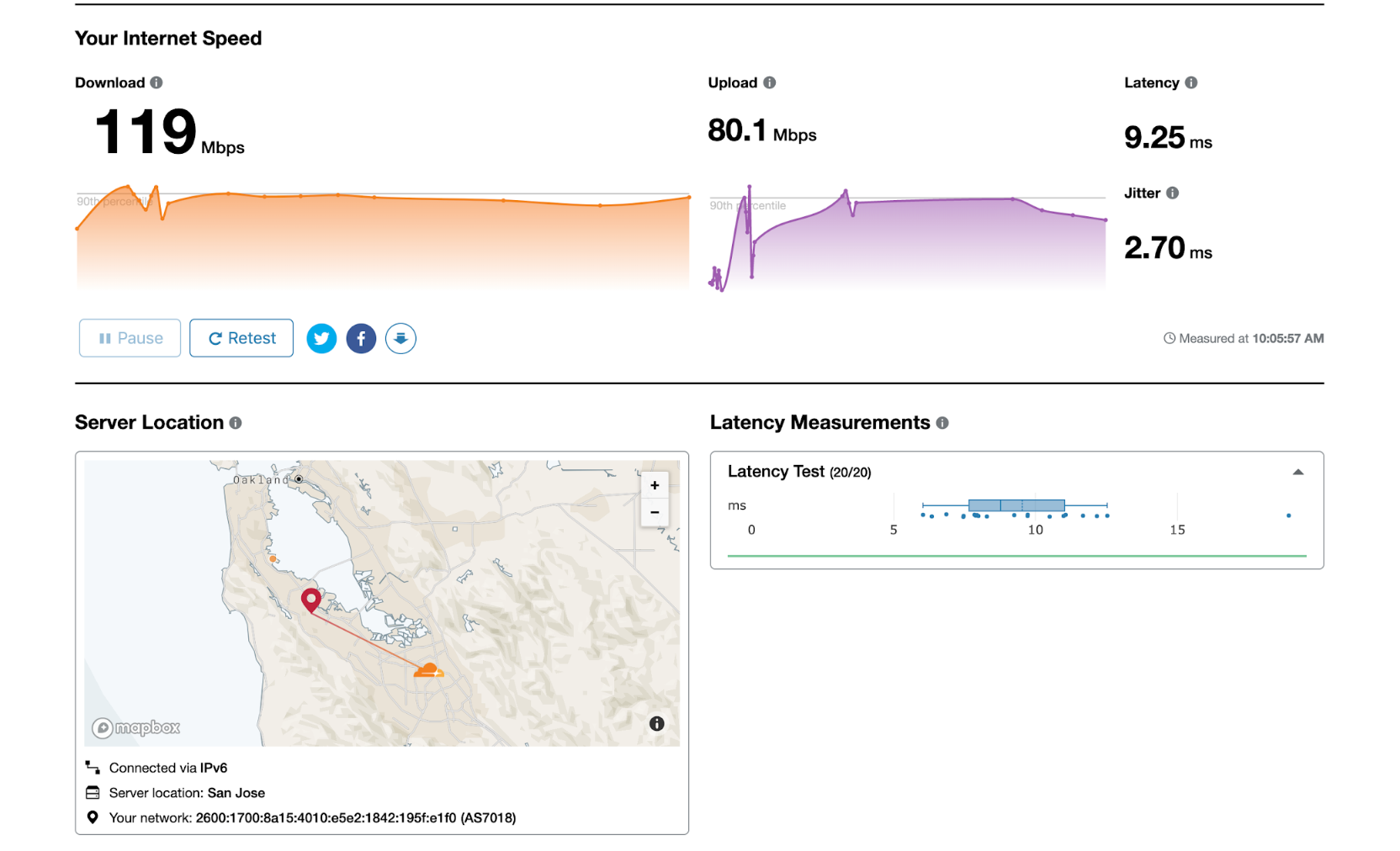Net One Systems Taps Juniper’s Contrail Enterprise Multicloud
The network integrator needed a services management platform that would allow it to configure...
There’s No Duty of Care without Strong Encryption

On 15 May, the Telegraph reported that The Five Eyes intelligence alliance planned to meet to explore legal options to block plans to implement end-to-end encryption on Facebook Messenger. According to the UK-based newspaper, the discussions between the governments of the United States, the United Kingdom, Australia, Canada, and New Zealand would focus on how the “duty of care,” a basic concept found in tort law, could be stretched to force online platforms to remove or refrain from implementing end-to-end encryption. (A duty of care is the legal responsibility of a person or organization to avoid any behaviors or omissions that could reasonably be foreseen to cause harm to others.)
If this is true, this is an attempt to justify their calls for encryption backdoors.
It’s easy to predict what such a strategy might look like – the playbook is familiar. In this case, if duty of care becomes the rationale for banning end-to-end encryption, it could be used as a framework to ban future deployments. Additionally, similar to other legislation, including the Online Harms, there will be an argument that social media companies have a special duty of care to protect vulnerable groups. This is nothing more Continue reading
Day Two Cloud 050: Nerding Out On GitHub Actions With Chris Wahl
Today's Day Two Cloud podcast gets into the nerdy details of how an infrastructure professional can use GitHub Actions. Actions lets you chain together steps or instructions and trigger them to run as a workflow. Our guest and guide to GitHub Actions is Chris Wahl.
The post Day Two Cloud 050: Nerding Out On GitHub Actions With Chris Wahl appeared first on Packet Pushers.
Day Two Cloud 050: Nerding Out On GitHub Actions With Chris Wahl
Today's Day Two Cloud podcast gets into the nerdy details of how an infrastructure professional can use GitHub Actions. Actions lets you chain together steps or instructions and trigger them to run as a workflow. Our guest and guide to GitHub Actions is Chris Wahl.How to Use Migration Coordinator’s Automated Maintenance Mode
Migrate from VMware NSX for vSphere to NSX-T with Minimal Downtime
In order to help easily migrate from NSX for vSphere to NSX-T, with minimal downtime, the latest release of VMware NSX-T 3.0 introduces Maintenance Mode to NSX-T Migration Coordinator (a tool that has been built into NSX-T since the 2.4 release). The Migration Coordinator tool is designed to run in-place on the same hardware that is running NSX for vSphere, and swap out NSX for vSphere bits with NSX-T.
This blog post is a follow up to the previous blog, Migration from VMware NSX for vSphere to NSX-T, which covers Migration Coordinator. For more details on the Migration Process, please check out the previous blog. This blog focuses on the Maintenance Mode feature which is part of the NSX-T 3.0 release.
What is Migration Coordinator?
Migration Coordinator is a tool that runs on NSX-T Manager. Its disabled by default since migrating from NSX for vSphere to NSX should only be a one-time task.
How to Enable Migration Coordinator
To enable Migration Coordinator, simply log in to NSX Manager via SSH and run the command “start service migration-coordinator”.

Note: This command is also Continue reading
Top Tech Businesses for Sale for Young Entrepreneurs
If you are a young entrepreneur and have a bit of money that you want to invest in some tech businesses for sale, then here are the top 5 types of tech businesses that you may want to consider buying.
5 Types of Tech Businesses for Sale
Blog Consulting
With so many people these days looking for ways to work online, becoming a blogging expert is an advantage. That’s why buying a blog consulting business may be a great business for you. Blog consulting is one of the tech businesses for sale, and it is much easier to buy an existing business then to start a blog consulting business from scratch.
As a blog consultant, you may help different people set up and run their blogs. As your business grows, you can also farm out blog related projects to others and take a percentage of the proceeds for each job.
Social Media Consulting
A social media consulting business may be a great business to buy, especially if the business is already up and running and has several great consultants on staff. Social media consulting is big business these days and can cover everything from social media marketing to advising people Continue reading
Tanium’s endpoint security meets Cloudflare for Teams

When Cloudflare first launched in 2010, network security still relied heavily on physical security. To connect to a private network, most users simply needed to be inside the walls of the office. Once on that network, users could connect to corporate applications and infrastructure.
When users left the office, a Virtual Private Network (VPN) became a bandaid to let users connect back into that office network. Administrators poked holes in their firewall that allowed traffic to route back through headquarters. The backhaul degraded user experience and organizations had no visibility into patterns and events that occurred once users were on the network.
Cloudflare Access launched two years ago to replace that model with an identity-based solution built on Cloudflare’s global network. Instead of a private network, teams secure applications with Cloudflare’s network. Cloudflare checks every request to those applications for identity, rather than IP ranges, and accelerates those connections using the same network that powers some of the world’s largest web properties.
In this zero-trust model, Cloudflare Access checks identity on every request - not just the initial login to a VPN client. Administrators build rules that Cloudflare’s network continuously enforces. Each request is evaluated for permission and logged for Continue reading
Segment Routing explained – Julian Lucek, Distinguished Engineer @ Juniper Networks
In this episode of The Routing Table Podcast Rick and Melchior ask Juniper Networks Distinguished Engineer Julian Lucek everything about Segment Routing.
We start with some basics and discuss differences between SR-MPLS, SRv6 and SRm6. We also look into why choosing one over the other.

Azure Networking 101
A few weeks ago I described the basics of AWS networking, now it’s time to describe how different Azure is.
As always, it would be best to watch my Azure Networking webinar to get the details. This blog post is the abridged CliffsNotes version of the webinar (and here‘s the reason I won’t write a similar blog post for other public clouds ;).
Nokia Cries Foul on Rivals’ 800G Claims
"Carriers should expect 100-220 kilometer optical reach in most wave division multiplexing...
Daily Roundup: IBM Slashes Jobs
IBM slashed thousands of jobs; Juniper claimed wins over Cisco; and Nokia made moves on Open RAN.
Make Metadata Active Again
Metadata must move from laying dormant in a passive state and become active. Active metadata,...
7 Layers: IoT Part 1 — You, Me, and IoT
This week is the first in a two-part series on the Internet of Things. We answer: What is IoT? And...
Test your home network performance

With many people being forced to work from home, there’s increased load on consumer ISPs. You may be asking yourself: how well is my ISP performing with even more traffic? Today we’re announcing the general availability of speed.cloudflare.com, a way to gain meaningful insights into exactly how well your network is performing.
We’ve seen a massive shift from users accessing the Internet from busy office districts to spread out urban areas.
Although there are a slew of speed testing tools out there, none of them give you precise insights into how they came to those measurements and how they map to real-world performance. With speed.cloudflare.com, we give you insights into what we’re measuring and how exactly we calculate the scores for your network connection. Best of all, you can easily download the measurements from right inside the tool if you’d like to perform your own analysis.
We also know you care about privacy. We believe that you should know what happens with the results generated by this tool. Many other tools sell the data to third parties. Cloudflare does not sell your data. Performance data is collected and anonymized and is governed by the terms of Continue reading
The History of LINX with Keith Mitchell
LINX is one of the first European Internet Exchanges created. Keith Mitchel joins the History of Networking to talk about the origins of LINX, and the important decisions that shaped it success and the IX community throughout Europe.
Is Nokia Serious About Open RAN?
Nokia continues to stand out in supporting open RAN efforts by joining more collaborative bodies...